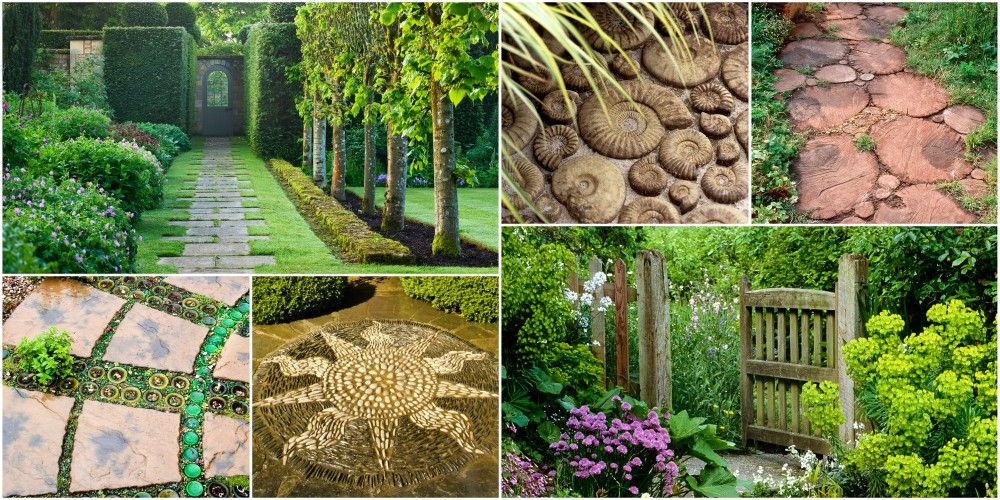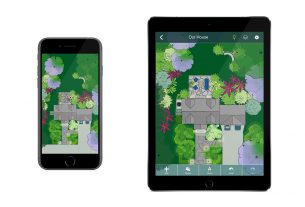There are many aspects to a garden design. Some things that can affect the design of the garden include the size of the plants, the types of plants, the shape of the plants, and the scale of the plants. A variety of plants and flowers is another aspect of a garden design that can make the garden more interesting. Another aspect of a garden design is the balance and symmetry of the design.
Varieties of plants and flowers make a garden interesting
If you’re planning a garden make sure you include some of the lesser known varieties of plants and flowers. From annuals to perennials and flowering shrubs, there’s no end to the list of garden goodies that’ll make your yard one of a kind. Including a few of the aforementioned marvels in your next outdoor adventure will prove rewarding for years to come.
The most obvious way to beautify your property is with a little thought and some elbow grease. For starters, plant a few ornamental trees in your yard for some much needed structure. Another option is to grow some citrus trees in pots. These fruits are not only good for your palette, but the resulting juices are delicious to boot. You may also want to consider growing herbs, as they can add a little bit of pizazz to your backyard oasis.
Symmetry and balance
In a landscape, balance is the condition in which a space makes visitors feel at ease and is harmonious. Balance can be achieved through a skillful blend of colors, shapes, textures, and movement.
One of the most common ways to achieve balance is through symmetry. Symmetry refers to the arrangement of elements around a central axis. This is a very common feature of formal gardens, but can be used in non-formal applications as well. It can also be a good way to create a sense of order in a garden.
An asymmetrical garden, on the other hand, requires a different arrangement of objects to achieve balance. It may seem unnatural, but asymmetrical gardens aim to make the garden appear as natural as possible.
Scale
Scale is an important element in garden design. The right balance of scales will provide a pleasing and functional garden. But if you don’t pay attention, you could end up with a design that doesn’t fit with your surroundings.
For instance, a small garden might look overgrown and disproportional if you plant a huge tree in it. Similarly, a small lawn can’t accommodate a large flower bed. In such cases, you’ll have to make some adjustments.
A great way to get a good sense of scale is to sketch out your ideas and then measure them. Using tracing paper or a normal centimetre ruler can be a useful way to do it.
A scale drawing can also give you a proper idea of what your finished garden will look like. If you use this technique, you can ensure that you order the correct quantities of materials.
Plant size
Plant size is a key element in garden design. Using a variety of plant sizes in the garden can create an interesting and cohesive effect. The height and width of each plant also contribute to the overall design of the garden.
Size is a characteristic of plants that has to be given consideration when planning a mixed perennial garden. A general garden plan may include plants that are under one foot tall in the front third of the bed, plants that are a bit over three feet in the rear third of the bed, and taller plants in the back.
Plants should be sized appropriately for the size of the garden, the lot, and the house. It is important to use different sizes in the garden so that the space does not feel crowded.
Inspiration from other people’s gardens
One of the best sources of inspiration is other people’s gardens. Not only can you see how others have incorporated various features, you can also get a better idea of what you want your own garden to resemble.
There are a number of different techniques you can use to create a great garden. This includes planting, landscape design, and water features. You can also find a plethora of design books to aid you in your endeavors. A good rule of thumb is to choose plants that have a visual punch and are best suited to your specific locale. Having a few of the right plants in the right places can be all the difference between a stale and overgrown garden or a symphony of flora.


